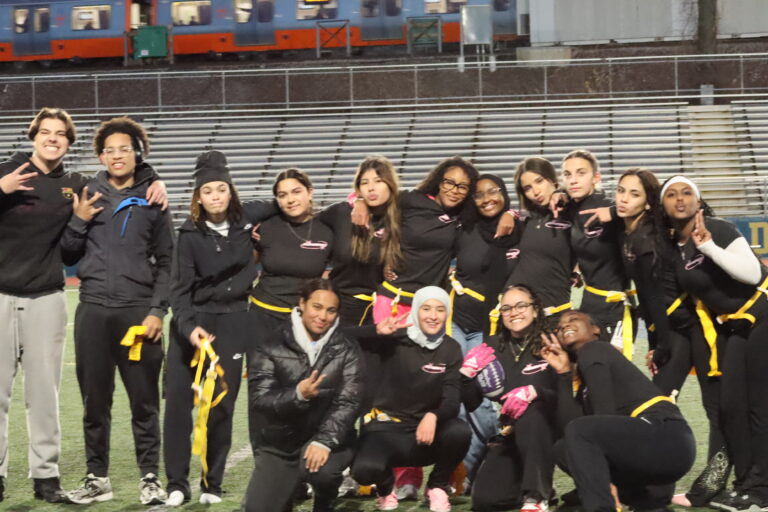With doing sports comes the possibility of serious injuries. Some injuries can be fixed with just a trip to the Emergency Room or the doctor’s office, but others can result in permanent damages to the body; preventing a person from ever doing sports again. Because of its elevated motions and aerial movements, Gymnastics is no exception to this rule.
Many Gymnastics injuries are caused by wrong movements done during the routines. The timing and placement of their rigorous maneuvers is vital to avoiding accidents. The United States Gymnastics Association (USGA) claims that “[their] precautions must be met in order to reduce the chances of Gymnastics accidents”. The USGA maintains strict requirements for operation and maintenance for professional gymnastics.
For example, one piece of gymnastics equipment, the Pommel Horse, is about 4 ft tall and consists of a metal stand underneath a padded bar. The padded bar is essential to preventing a gymnast from slipping or falling off the bar. Parallel bars are one of the most dangerous pieces of Gymnastics equipment, and is also the cause of most Gymnastics accidents. They are about 7 feet from the floor and falling from them can result in broken bones, paralysis and brain injury. Another piece of gymnastics equipment that is extremely dangerous are the rings, which are 9 feet from the ground. Mistakes in this routines can lead to life-threatening injuries.
Unfortunately, some Gymnastics accidents can even lead to death. Back in 1991, a student from San Antonio, Texas sadly suffered this fate. Julissa Gomez was a gymnastics elite who place fourth in her junior division and won a place on the U.S National Team. She eventually began representing the United States in international meets and was considered as a contender for the 1988 Olympics. During the warmups of one of her finals, Gomez’s foot slipped off the springboard and her head hit the vaulting horse. She became paralyzed from the neck down and suffered severe brain damage that left her in a catatonic state. Her family cared for her until she died of an infection in 1991 at age eighteen.
This tragedy resulted in the traditional horse being completely replaced by a more stable vaulting table to provide additional safety. After the accident in 1989, the International Gymnastics Federation allowed U-shaped springboard mats to increase vaulting safety. This accident proved that no matter what level of gymnastics, serious precautions must be taken. The equipment must be in working order and they must possess protective measures to guarantee safety.






